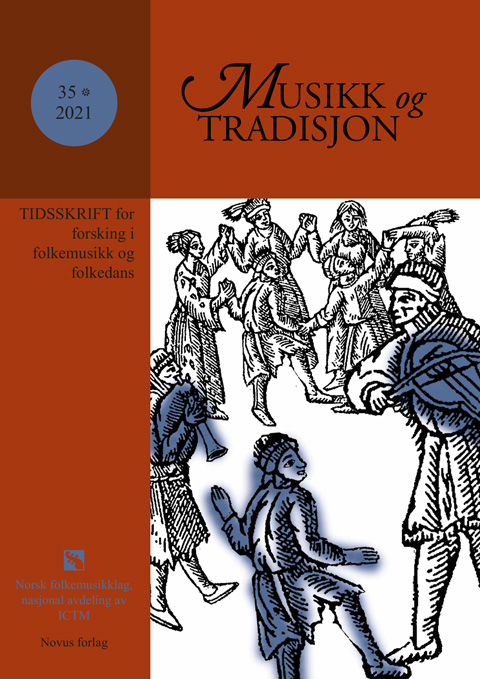Abstract
The Swedish/Finnish folk- and world music group Hedningarna combined traditional music with an energetic, drone-based “mystical” sound. Throughout the band’s career, they would consistently use traditional acoustic “folk” instruments, with the acoustic sound typically amplified and modified. In this article we discuss the inception and development of one of their custom instruments, the mora-oud, which combined the body of a medieval style keyed fiddle (a mora-harp) with a fretless lute neck. The material (mainly interviews, auto-ethnographic descriptions and social media discussions) suggests that some of the mora-harps meaning potential, such as a sense of ancientness and “Nordic-ness”, followed into the mora-oud. This was combined with certain sonic and tonal resemblances with the Arabic oud, as well as its visual qualities and ease of amplification, to afford an instrument that fitted congenially with the global world music scene in which Hedningarna was a major player, especially during the 1990s. The instrument became an important part of the band’s sound as well as of their strategies to handle and sometimes link together their musical, cultural and political contexts, both on stage and in the studio. In the conclusion we discuss how serendipity and fantasy were important aspects in how the instrument was conceived and developed.

This work is licensed under a Creative Commons Attribution-ShareAlike 4.0 International License.
Copyright (c) 2021 Forfatterne

